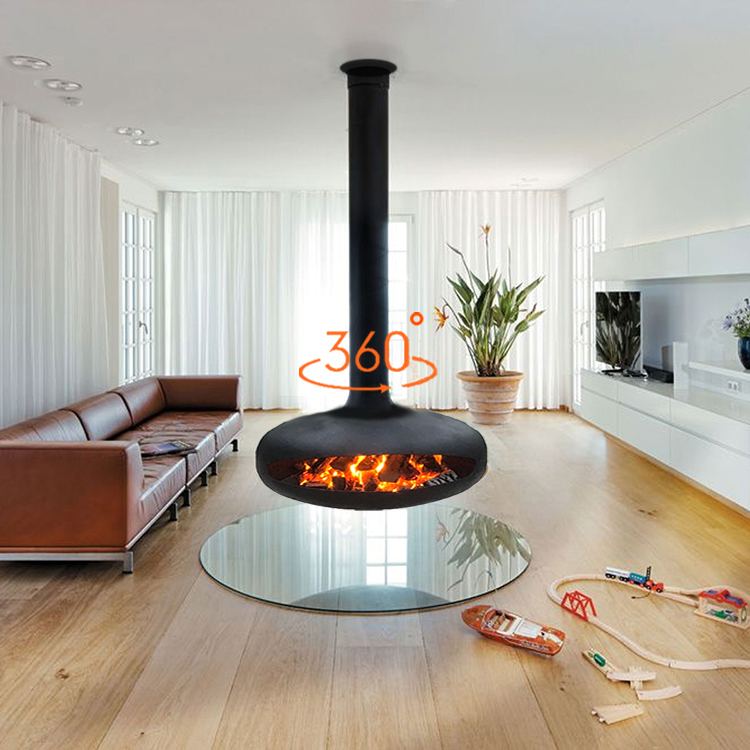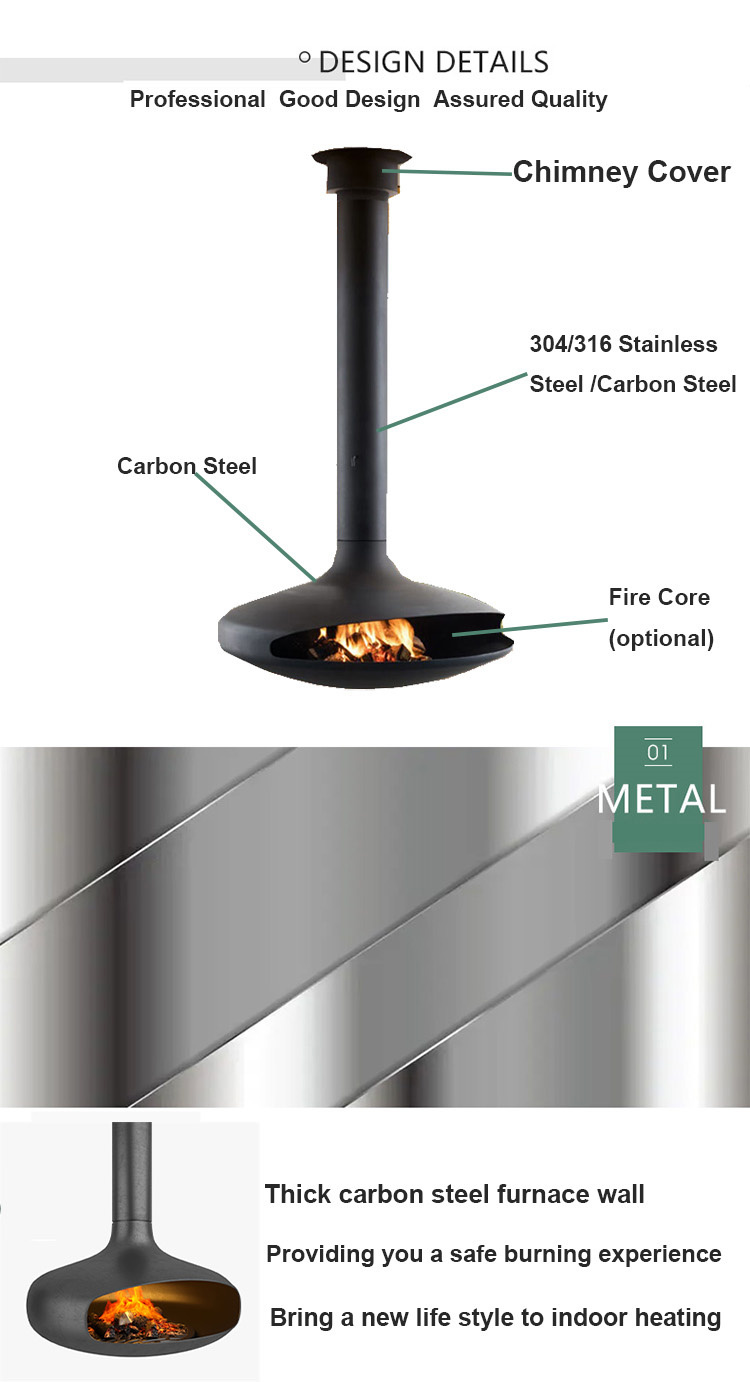In 1956, George Nelson designed the CSS integrated storage rack system for Herman Miller and began to use the modular concept and industrial production methods for indoor planning. Nelson also introduced the CPS integrated screen system in 1959, making the concept of system furniture a big step forward.
In 1960, George Nelson and Robert Propst began to study the new office concept for Herman Miller and developed a new concept for Action Office. In 1964, the world's first office furniture system (Action Office Syetem) was released. In 1968, the world's first office furniture "Action Office 2" was launched, which included a panel, a worksurface, and a hanging storage system, thus changing the traditional style of the office and making the system furniture Open office design is commonly used in office planning.
In 1973, Steelcase introduced the "Series 9000" screen system, which gradually integrated the concepts and advantages of system furniture into every office.
In 1977, Herman Miller launched a personal workstation "Work Space" for further humanity research on office space.
In 1984, Bill Stumpf designed the new system furniture "Ethospace" for Herman Miller, which is a set of system furniture that takes into account both humanity, work style and environment. Steelcase also added a traditional block-like design to the traditional screen; Haworth has launched a new block screen called "Places." At the same time, in the United States, screen-based system furniture is popular, but Europe is moving towards system furniture based on Freestanding. Europeans are more inclined to open space; the United States is used to maintaining a private office environment, so the United States uses a large number of screen systems. However, whether it is a stand-alone table system or a screen system, the same preconditions are required, that is, it should have a systematic design, with functions such as expansion, connection, and storage lines.
In 1989 Steelcase developed a new independent table system furniture "Context". Since then, until 2000, Herman Miller has introduced the latest new system "Resolves" for honeycomb planning, giving new interpretations of space use and work patterns, and opening a new era for the development of system furniture.
The indoor hanging fireplace is a modern, fashionable and practical ornament with many advantages. First, it has a unique design and can be hung on the wall, saving space and providing more flexibility. Secondly, the indoor hanging fireplace can add warmth and comfort to the interior space, in addition, it can also act as a unique focal point, adding to the visual appeal of the room.
Indoor hanging fireplaces have a wide range of uses. Whether in a family home, apartment, holiday home or commercial premises, it can be used to provide warmth and beauty. It is suitable for all kinds of interior Spaces such as living room, bedroom, office and dining room. Because of its unique design, it can be installed and moved as needed, making it ideal for people who rent homes or need to move frequently.
Carbon steel is one of the commonly used materials for indoor hanging fireplaces. Carbon steel has high strength, wear resistance and corrosion resistance, and can withstand high temperatures and long periods of use. It also has an elegant look that is able to match a variety of interior decoration styles. In addition, the carbon steel material also has good thermal conductivity, which can quickly transfer heat and make the room warm rapidly.


Hanging & Suspended FAQS
1:What are the benefits of a suspended fireplace?
First of all, it can become the focal point of interior decoration, adding beauty and modernity to the room. Its unique design and position hanging in the air make it a striking artwork that can be a highlight of a room. Second, hanging fireplaces can save space. Compared with traditional fireplaces, it does not need to take up floor space and can be installed on the wall or ceiling, making the room more spacious and tidy. In addition, hanging fireplaces burn more efficiently and can provide more heat, making the room more warm and comfortable. Finally, the hanging fireplace can provide 360-degree views, allowing people to enjoy the beauty of the flames from different angles, enhancing the viewing.
2:Can my floating fireplace be wood-burning?
Yes, your floating fireplace can be wood-fired. You may choose to install a wood-burning fireplace so that wood is burned in the fireplace to generate fire and heat.
3:Can a central suspended fireplace be gas-fuelled?
Central hanging fireplaces can use natural gas as fuel. This type of fireplace usually has a modern design and can be hung in the center of the room. The use of natural gas fuel can easily control the size and temperature of the flame, and does not produce smoke and dust. At the same time, natural gas fuel is more environmentally friendly, does not produce carbon dioxide and other harmful gas emissions.
4:What is a ceiling suspended fireplace?
A hanging fireplace is a type of fireplace that is mounted on the ceiling. Unlike traditional fireplaces, hanging fireplaces do not need to be placed on the ground or fixed to the wall, but are suspended through a suspended ceiling. This design allows the fireplace to be more flexible in any location, whether in indoor or outdoor Spaces.
5:What is a wall-hanging fireplace?
A wall fireplace is a type of furnace mounted on a wall. It is usually made of metal and can be hung on the wall without the need for floor space. Wall mounted fireplaces use electricity or gas as fuel to generate warm air through heaters and fans. They usually have adjustable flame effects and temperature control functions that can be adjusted according to personal preferences and needs.
6:Why is carbon steel used for hanging fireplace?
Carbon steel is often used in the production of hanging fireplaces, mainly for the following reasons. First of all, carbon steel has good strength and durability, and can withstand the weight of the fireplace and the pressure of long-term use. Secondly, carbon steel has good thermal conductivity and can quickly conduct the heat in the furnace, so that the fireplace can quickly heat and provide a warm environment. In addition, carbon steel also has the characteristics of high temperature resistance, can withstand the heat and flame generated by high temperature combustion inside the fireplace, to ensure the safe operation of the fireplace. Finally, carbon steel has a lower cost and is relatively economical, making the production cost of hanging fireplaces more manageable.
7:Can I customise my suspended fireplace?
Of course you can customize your hanging fireplace! Custom fireplaces can be designed according to your preferences and home style. You can choose the size, shape, material and color of the fireplace to ensure that it blends perfectly with your room. In addition, you can also choose accessories for the fireplace, such as charcoal fire effects, temperature regulators and remote controls, etc., to increase the function and convenience of the fireplace. Custom fireplaces can meet your individual needs and bring warmth and comfort to your home.
8:How much does it cost to install a suspended fireplace?
The cost of installing a hanging fireplace varies depending on a number of factors, including the make, model, and material of the fireplace, the location and requirements of the installation, and the labor costs of the location. In general, hanging fireplaces usually cost between $1,000 and $5,000, not including installation costs. Installation costs are usually on a case-by-case basis and additional labor costs may be required. Therefore, it is best to consult a professional fireplace installation service provider to get an accurate quote.
9:How do I maintain a hanging fireplace?
A wall-mounted fireplace is a unique heating device that requires regular maintenance to ensure its proper operation and safety. Here are some tips for maintaining a wall-mounted fireplace:
1. Clean the casing: Clean the fireplace casing regularly to remove dust and dirt. You can use a soft cloth or vacuum cleaner to clean, avoid the use of chemical cleaners, so as not to damage the fireplace surface.
2. Clean glass doors: Wall mounted fireplaces usually have glass doors that need to be cleaned regularly to maintain transparency. Use a special fireplace glass cleaner, clean according to the instructions, and avoid scratching the glass with rough materials.
3. Check the combustion chamber: Check the combustion chamber of the fireplace regularly to ensure that no excessive ash or debris has accumulated. If you find a buildup, you can use a small brush or vacuum cleaner to clean up.
4. Check the flue: Check the flue of the fireplace regularly to ensure that it is unimpeded. If accumulation or blockage is found, it should be cleaned up in time to ensure smooth exhaust gas.
5. Regular maintenance: Regularly ask professionals to maintain and overhaul the fireplace. They can perform more in-depth cleaning and inspection to ensure that the various components of the fireplace are functioning properly.
Indoor Fireplaces,Wood Burning Stoves,suspended fireplace,Wood Burning Fireplaces,Modern Fireplace
Henan Jinbailai Industrial Co.,Ltd , https://www.hnjblbbq.com